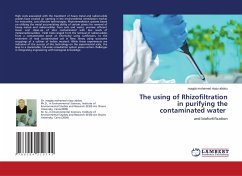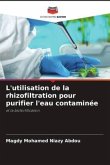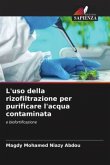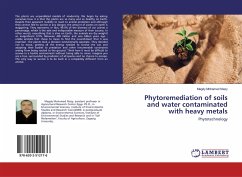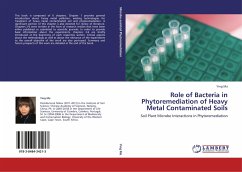High costs associated with the treatment of heavy metal and radionuclide wastes have created an opening in the environmental remediation market for innovative, cost effective technologies. Phytoremediation systems based on utilizing the metal accumulating ability of certain plants for removal of heavy metals and radionuclides from soils and water, promise efficient lower cost clean-up of sites contaminated with low levels of metals/radionuclides . Field trials ranged from the removal of radionuclides from a contaminated pond at Chernobyl using sunflowers, to the treatment of lead contaminated soil in New Jersey using successive croppings of a cultivar of Indian mustard. While these experiments are indicative of the success of this technology on the experimental scale, the leap to a marketable, full-scale remediation system poses certain challenges in integrating engineering with biological knowledge.
Bitte wählen Sie Ihr Anliegen aus.
Rechnungen
Retourenschein anfordern
Bestellstatus
Storno

